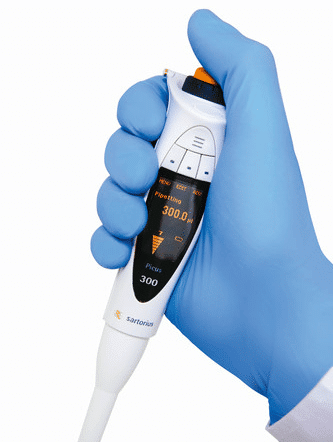Metrology Glossary: Pipette
What Is A Pipette?
A pipette is a calibrated glass tube used for accurately measuring and transferring specific liquid volumes. It consists of a slender opening at one extremity and features markings along its length that denote various quantities. Utilizing a pipette involves establishing a vacuum within the tube by applying suction to the upper portion, subsequently immersing the pipette into the liquid and releasing the applied pressure. This action causes the liquid to be drawn into the tube, enabling the user to subsequently withdraw the pipette and dispense the desired volume of liquid.
What Are Pipettes Used For?
Pipettes play a crucial role in scientific and laboratory settings, accurately measuring and transferring small liquid volumes ranging from microliters to milliliters. In sample preparation for analyses such as PCR and DNA sequencing, pipettes enable precise aliquoting of samples into reaction tubes or microplates. The pharmaceutical industry relies on pipettes for dispensing precise amounts of drugs during discovery and development, ensuring experiment consistency. In clinical diagnostics, pipettes are vital for sample preparation in tests like blood tests, contributing to accurate results. Additionally, pipettes are used in environmental monitoring to collect and analyze samples from air, water, and soil, facilitating the detection and quantification of pollutants for a comprehensive understanding of environmental conditions.







